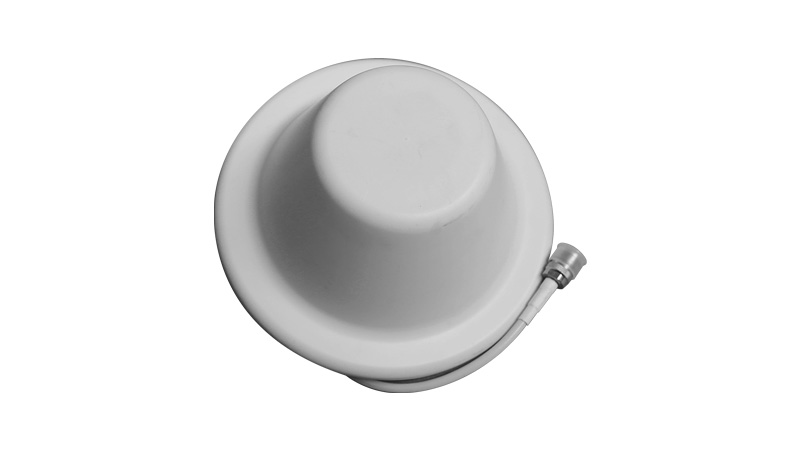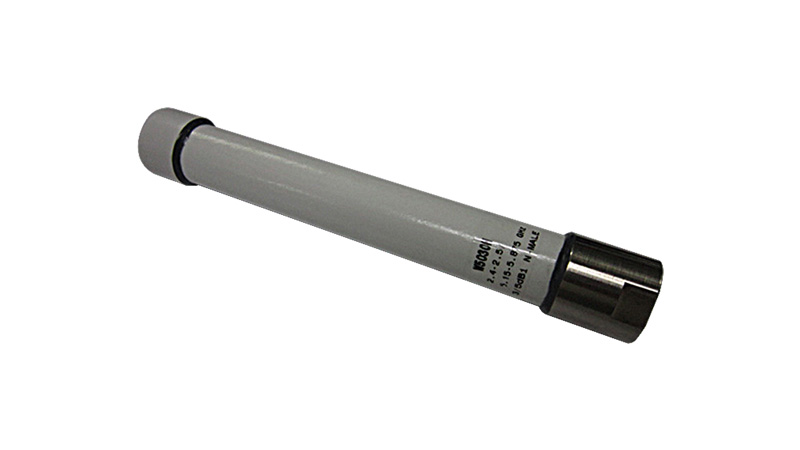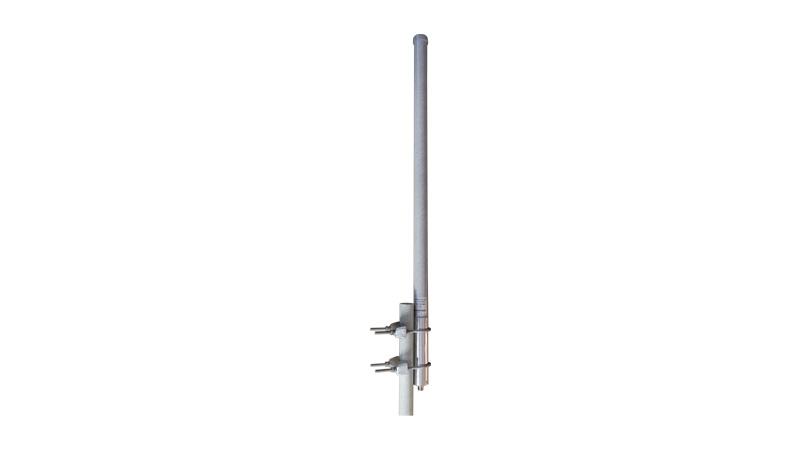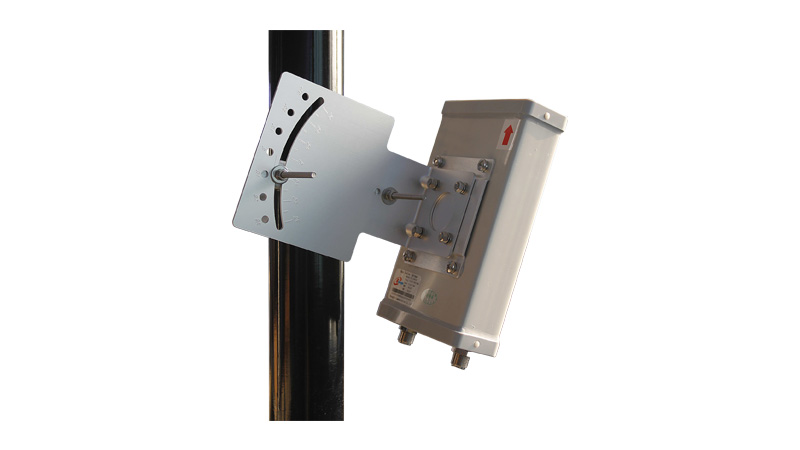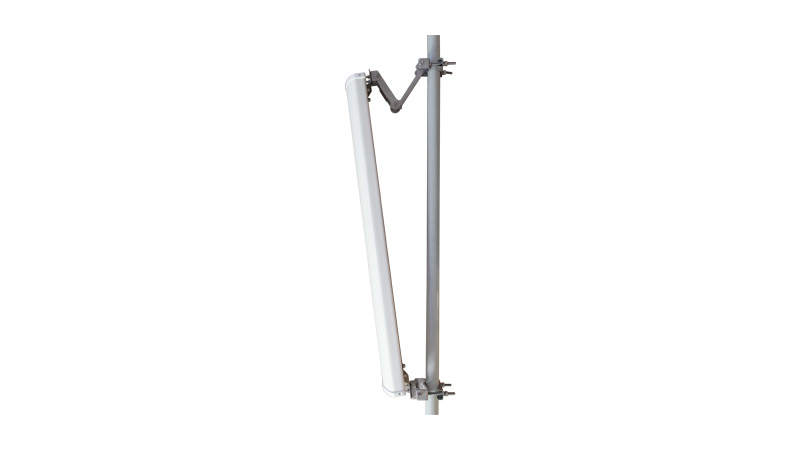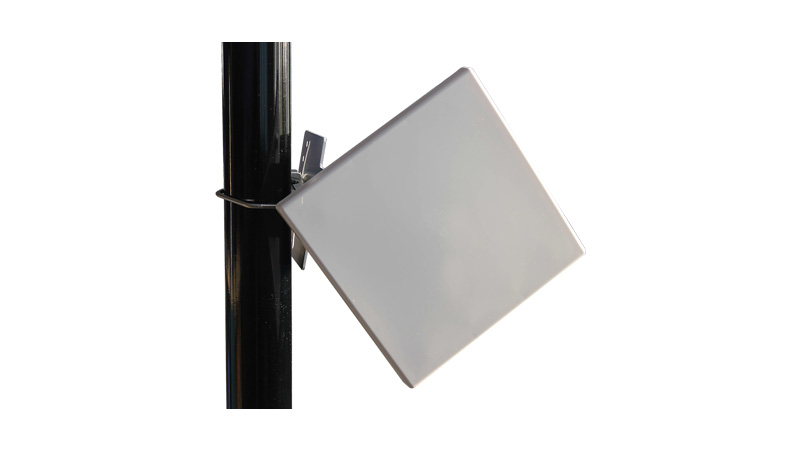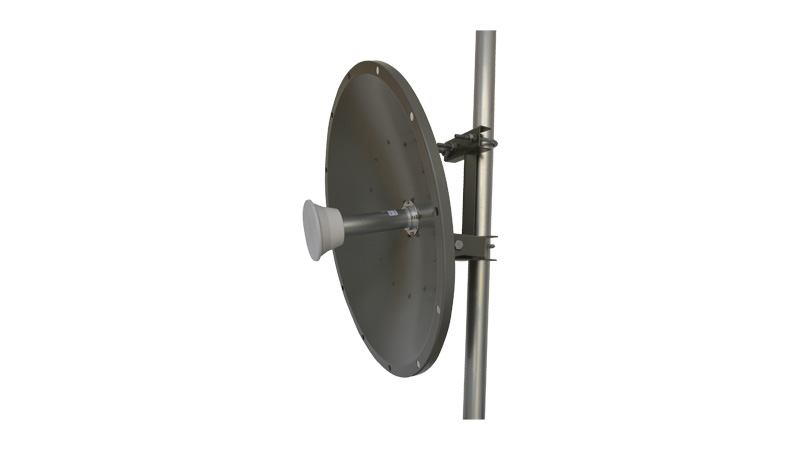The antennas are installed by one of the following methods: connected to APs by RF cables, mounted on the ceilings, mounted on the poles, mounted on the walls. Antennas can be installed indoors or outdoors. Antennas used in different scenarios have specific parameter specifications, and two important specifications are lobe width and gain. The lobe width determines the antenna's coverage range and the gain determines the antenna's coverage distance.
| Antenna Pattern
|
Scenario
|
Antenna Type
|
Antenna Feature
|
| Omnidirectional antenna
|
Omnidirectional horizontal coverage
|
Indoor omnidirectional coverage scenarios, such as offices, lecture halls, and conference rooms
|
Ceiling-mounted omnidirectional antenna
|
Omnidirectional coverage and ceiling mounted
|
| Whip antenna
|
Easy to install on an AP
|
| Built-in antenna
|
Installed in an AP, eye-pleasant
|
| Outdoor omnidirectional coverage scenarios, such as open areas, squares, and parks
|
Pole-mounted omnidirectional antenna
|
Omnidirectional coverage and pole mounted
|
| Dual-band antenna
|
Working at dual frequency bands, flexible usage
|
| Directional antenna
|
Directional coverage and high gain
|
Indoor application scenarios, such as corridors and two inner walls
|
Plate directional antenna
|
High gain and directional coverage
|
| Outdoor application scenarios, such as oil wells and open suburb, P2P and P2MP backhaul
|
Plate directional antenna
|
High gain and directional coverage
|
| Plate cross-polarized antenna
|
High gain and directional coverage; reducing the antenna quantity by half
|
Ceiling-mounted Omnidirectional Antenna
A ceiling-mounted omnidirectional antenna is mounted on the ceiling and connected to an AP by a cable. The antenna can provide omnidirectional indoor coverage and the antenna pattern is nearly a circle in the horizontal direction. The ceiling-mounted omnidirectional antenna applies to open offices, conference rooms, lecture halls, or outdoors. The required antenna quantity is determined by the network planning.

Pole-mounted Omnidirectional Antenna
A pole-mounted omnidirectional antenna is mounted on a pole and connected to an AP by a cable. The antenna can provide omnidirectional indoor coverage and the antenna pattern is nearly a circle in the horizontal direction. The pole-mounted omnidirectional antenna applies to outdoors, such as squares and parks.

Plate Directional Antenna
Directional antennas increase gains in the directions at which electromagnetic fields focus. Different from omnidirectional antennas, directional antennas form major lobes in certain directions with high gains, while other directions have low gains. Directional antennas apply to scenarios that require small coverage angles but long coverage distances. Typical scenarios include corridors in hospitals or airports, and oil wells. These antennas also apply to someP2P and P2MP backhaul scenarios.

Plate Cross-polarized Antenna
A plate cross-polarized antenna transmits signals through two channels at the same time to perform comparable functions of two stand-alone antennas. For example, a 2×2 MIMO AP needs only one cross-polarized antenna for one frequency band, but needs two common polarized antennas for the same frequency band. The cross-polarized antenna has two polarization ports: +45° and –45° polarization ports. The purchase and installation costs for cross-polarized antennas are low. As fewer antennas are used, antenna installation and layout are easier.

Dual-Band Antenna
Dual-band antennas work in both 2.4 GHz and 5 GHz frequency bands. APs supporting these two frequency bands need only one dual-band antenna. Dual-band antennas feature omnidirectional coverage and low gains, reducing the maximum power density while providing the same transmit power. Dual-band antennas apply to outdoor APs and are mainly sold to countries require CE/FCC certification.

Bridge Antenna
Different from other wireless relays, an AP bridge requires long-distance transmission and high throughput. Two outdoor high-gain antennas are connected to the APs far from each other to ensure high speed backhaul between them. An AP bridge must use 5 GHz antennas to establish transmission links.


